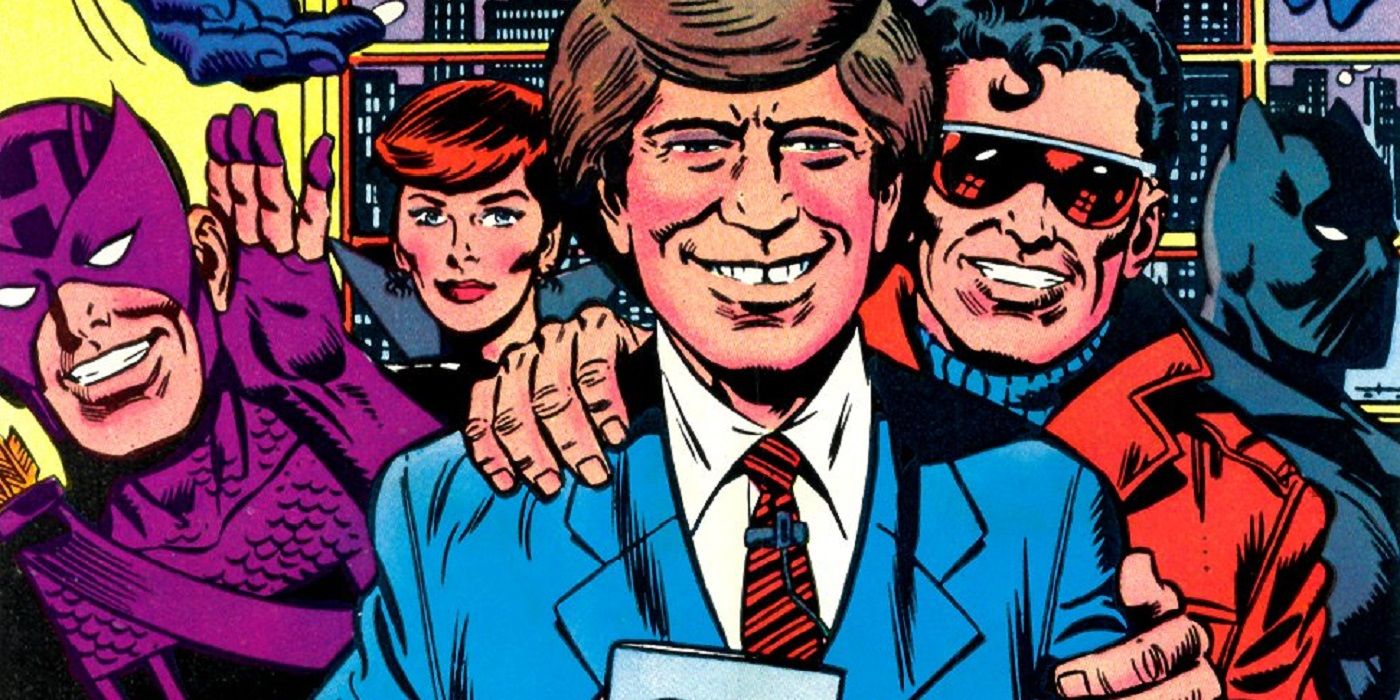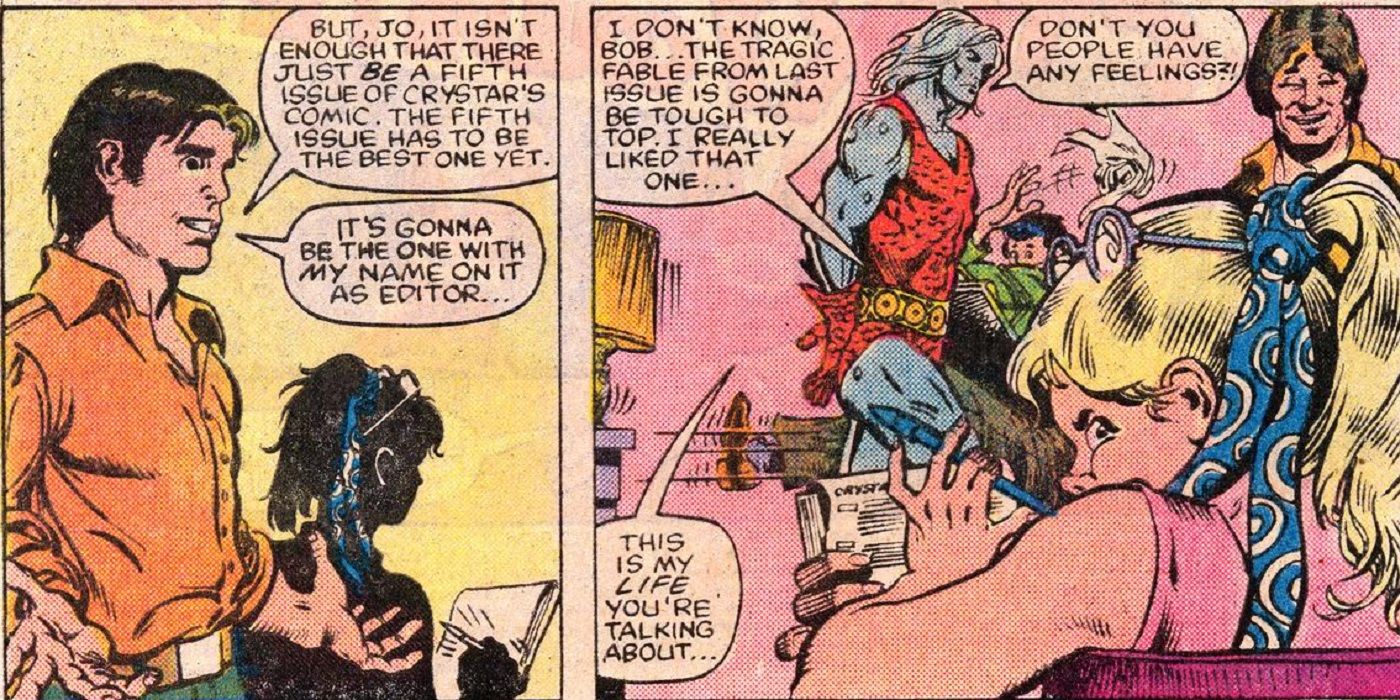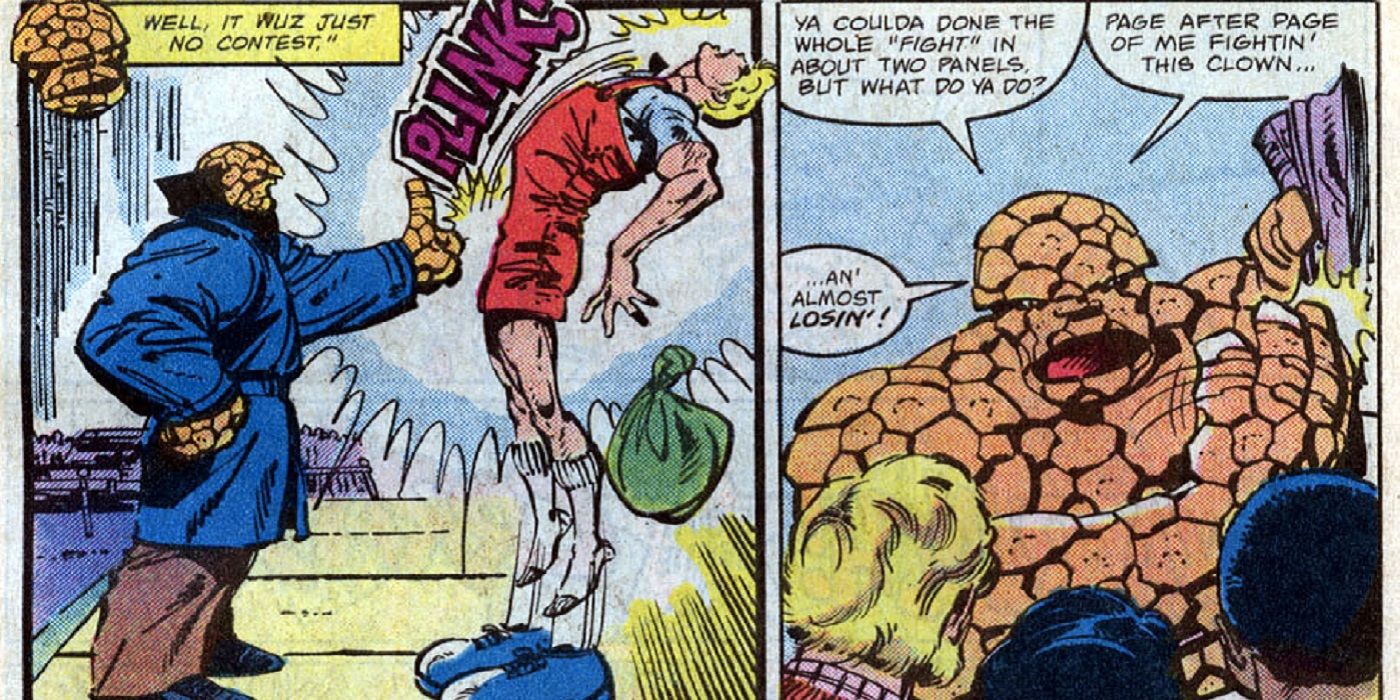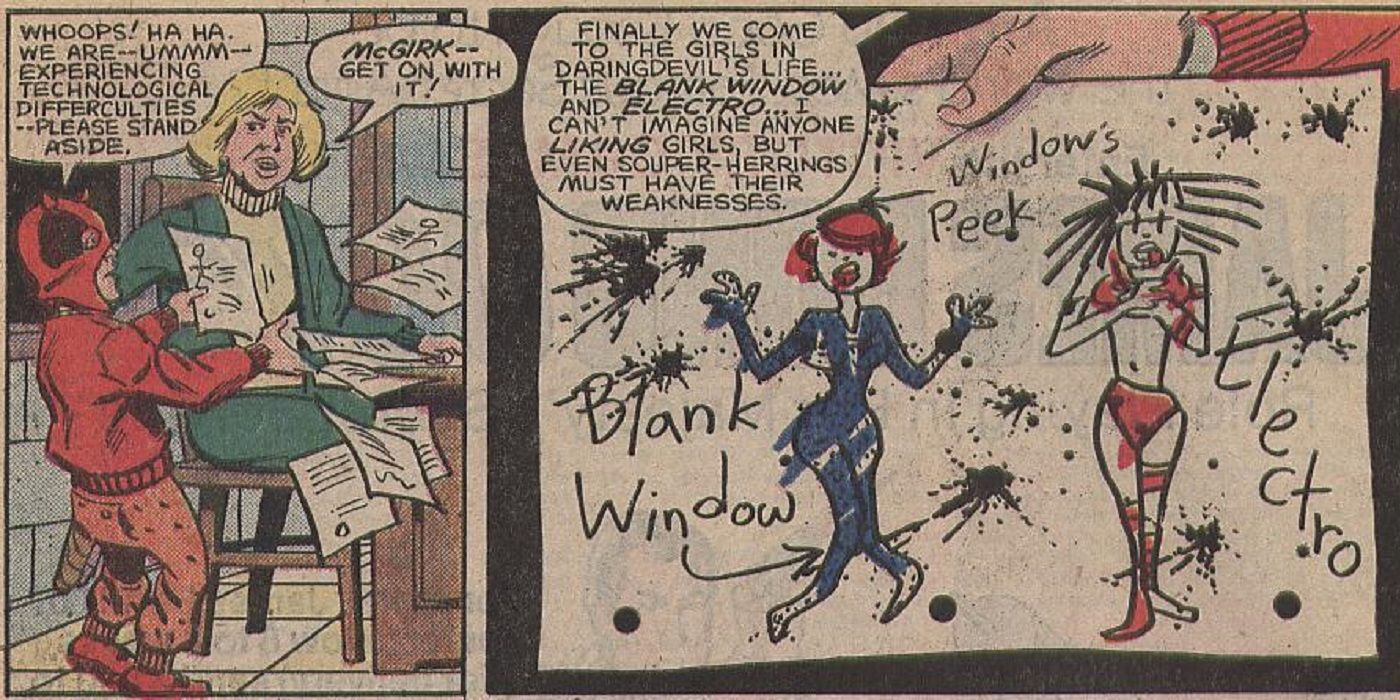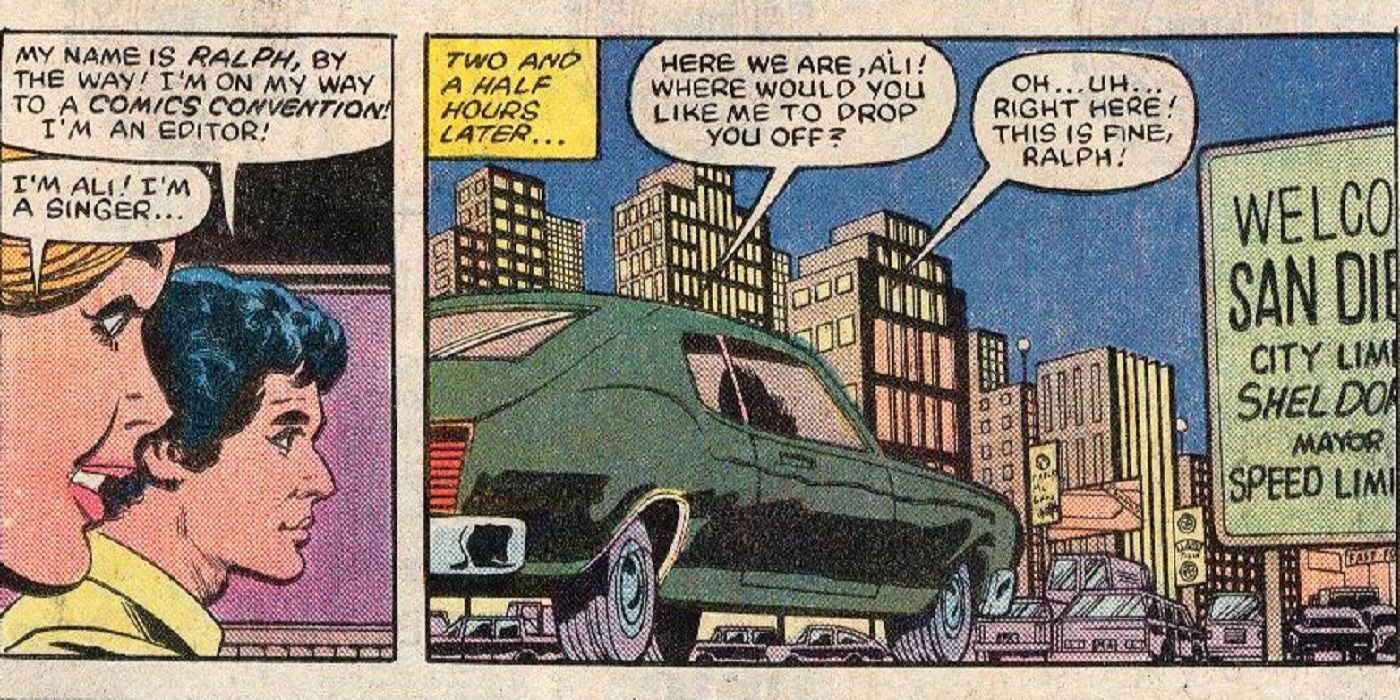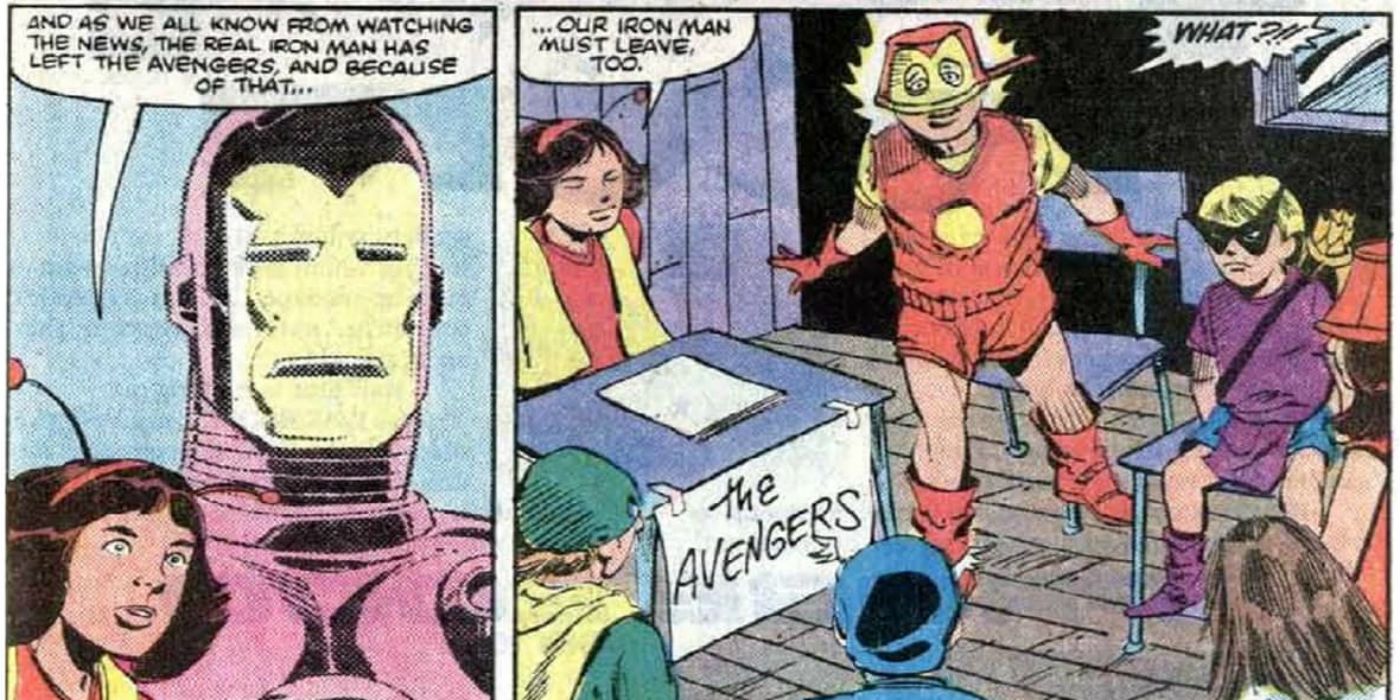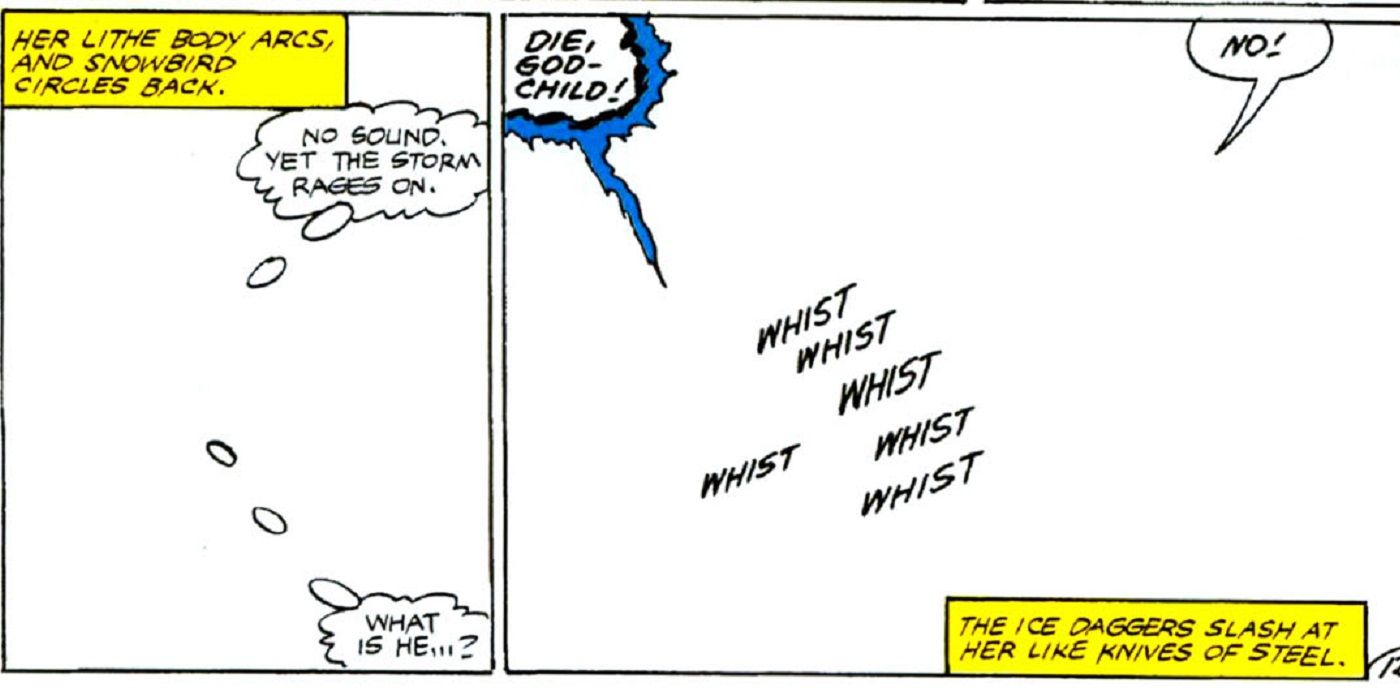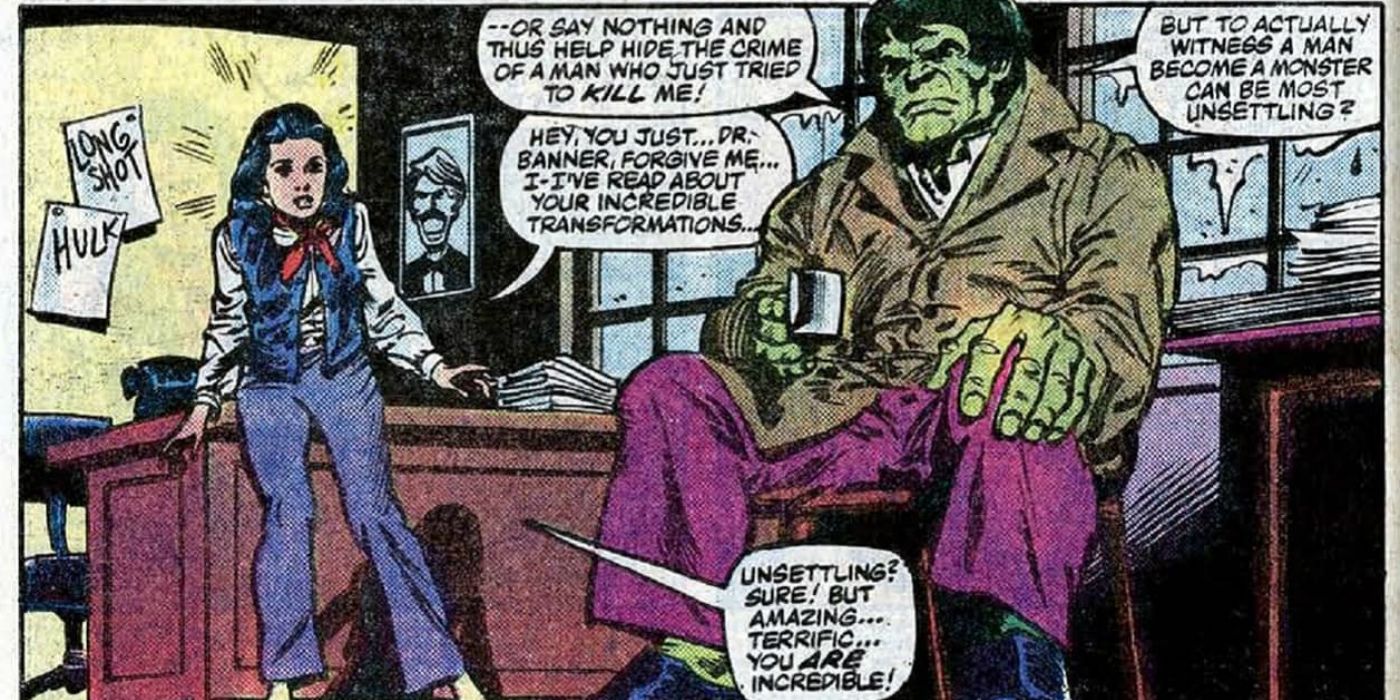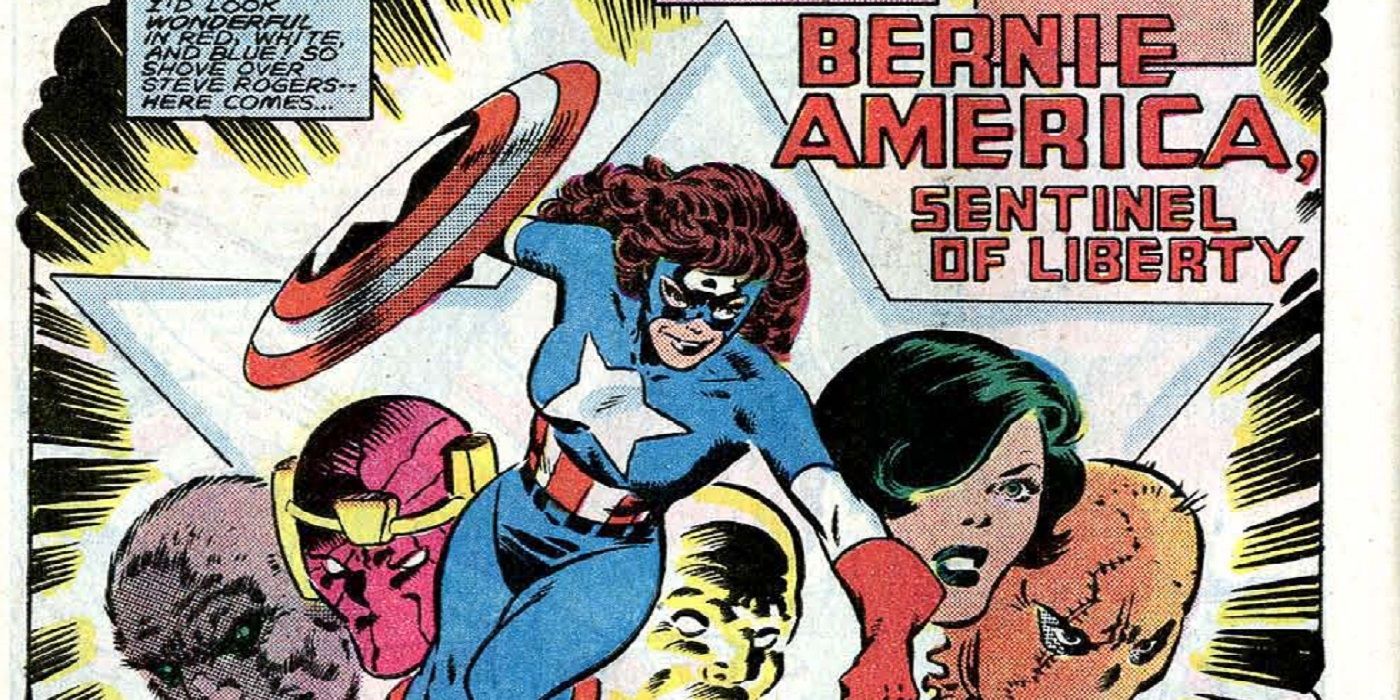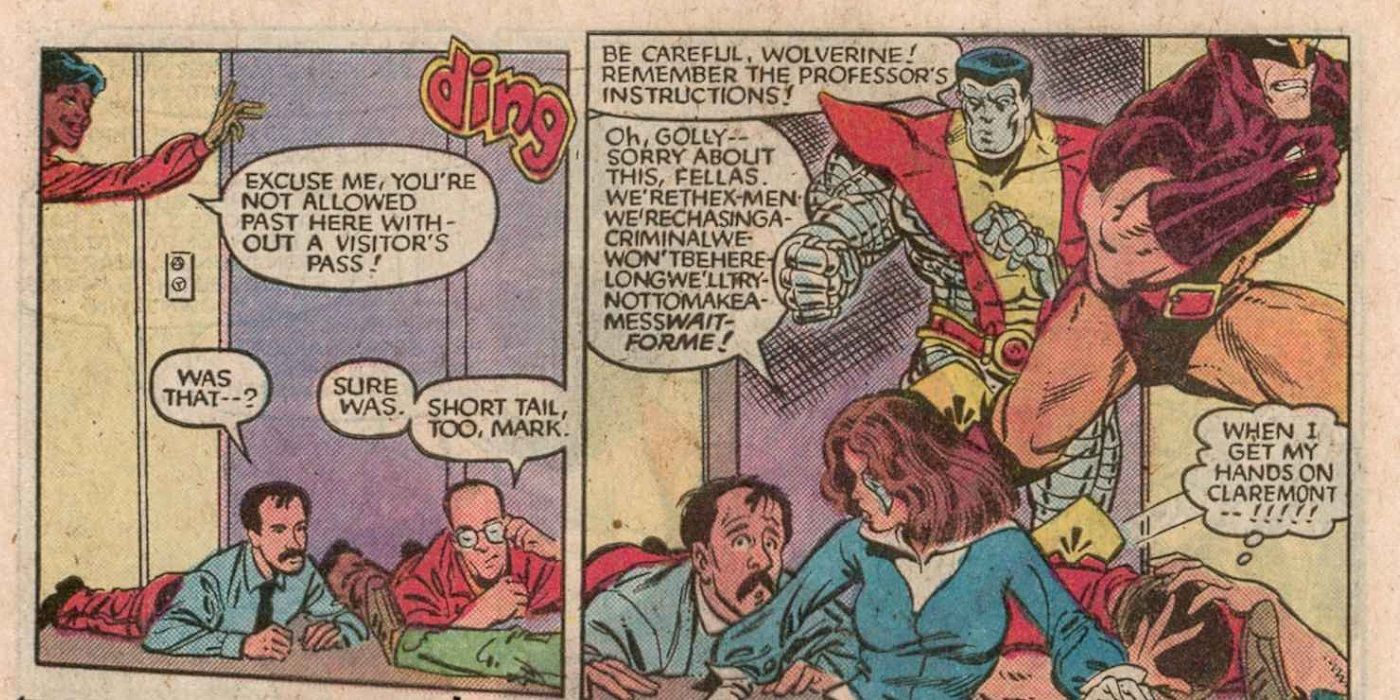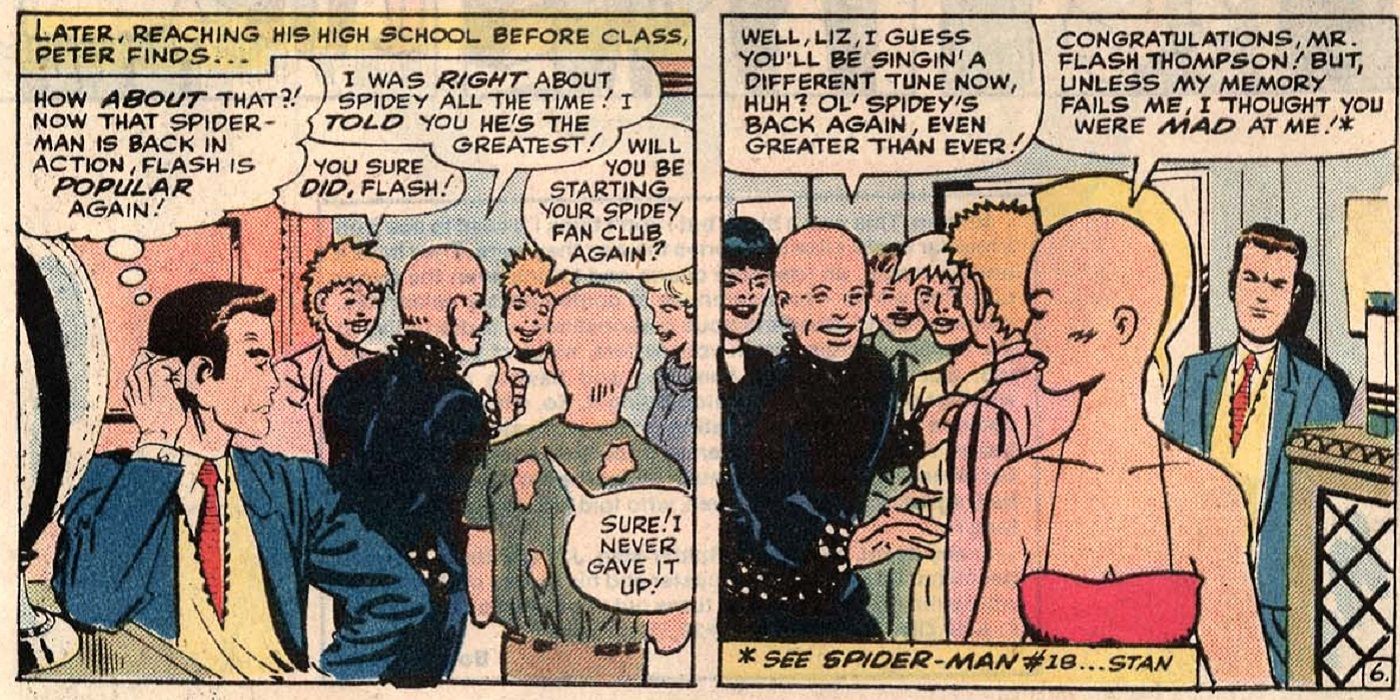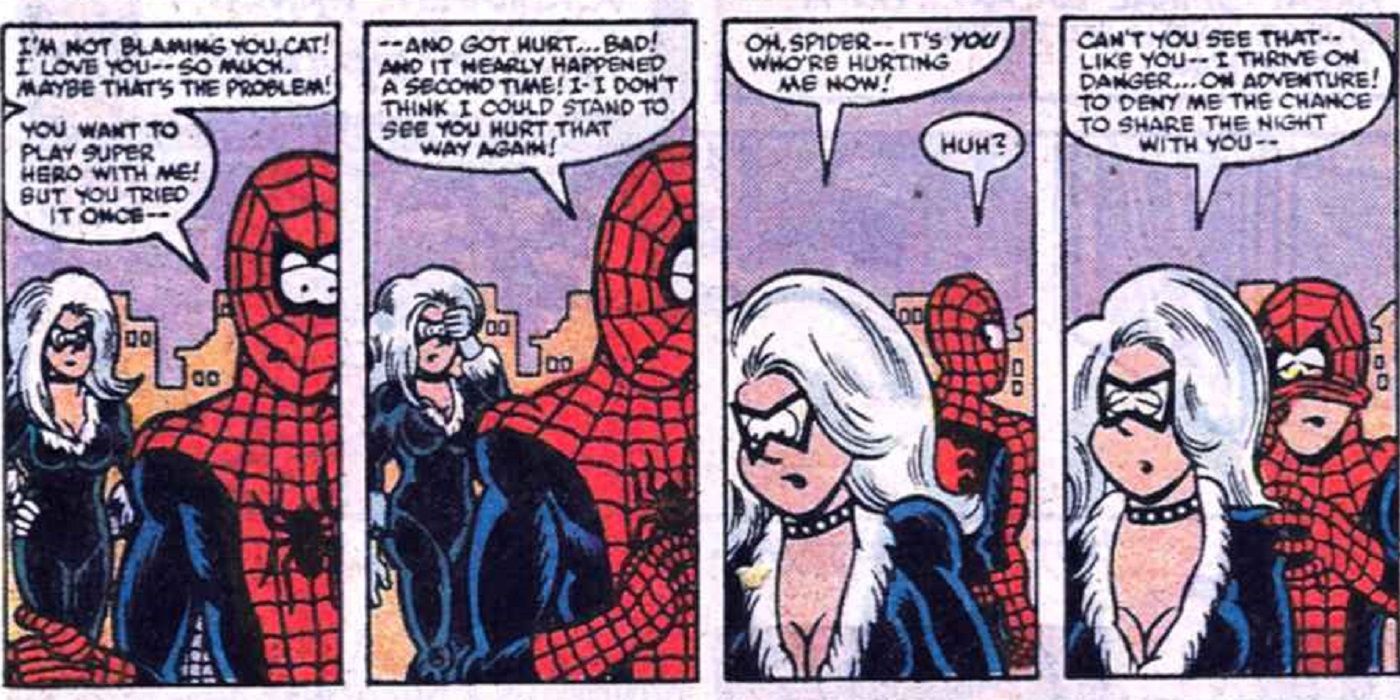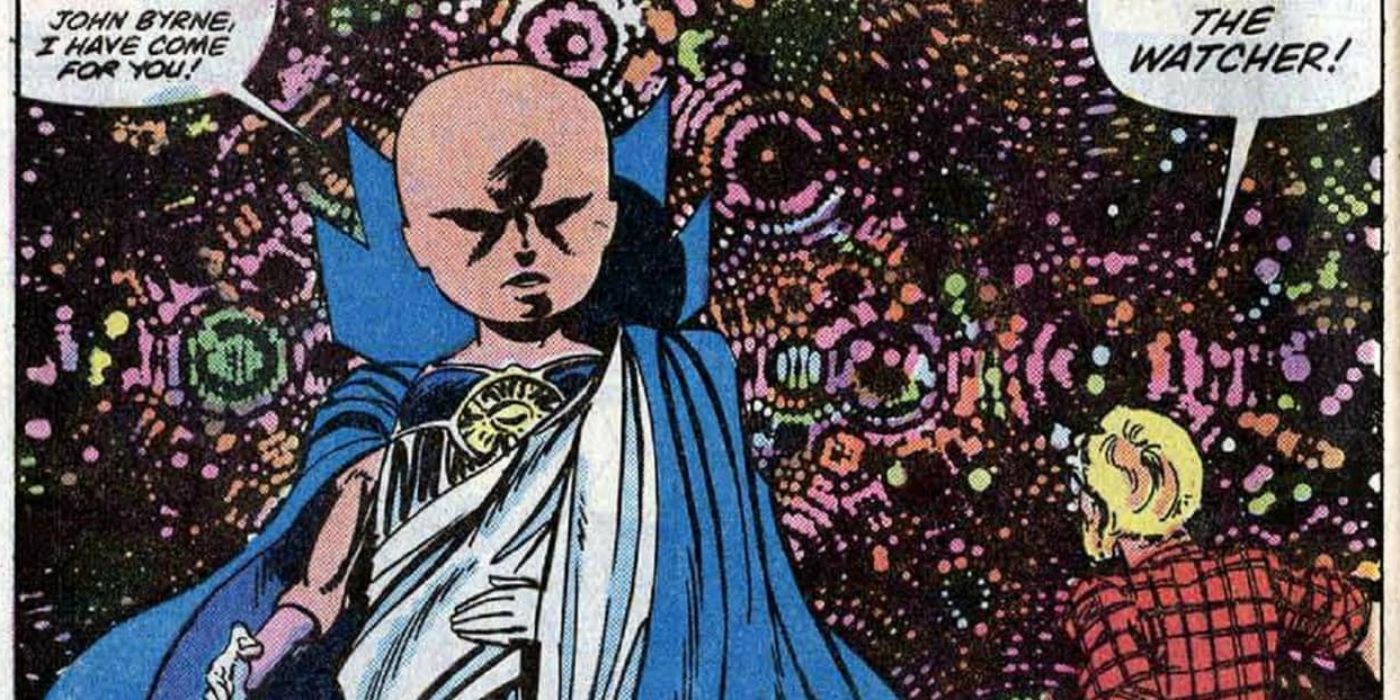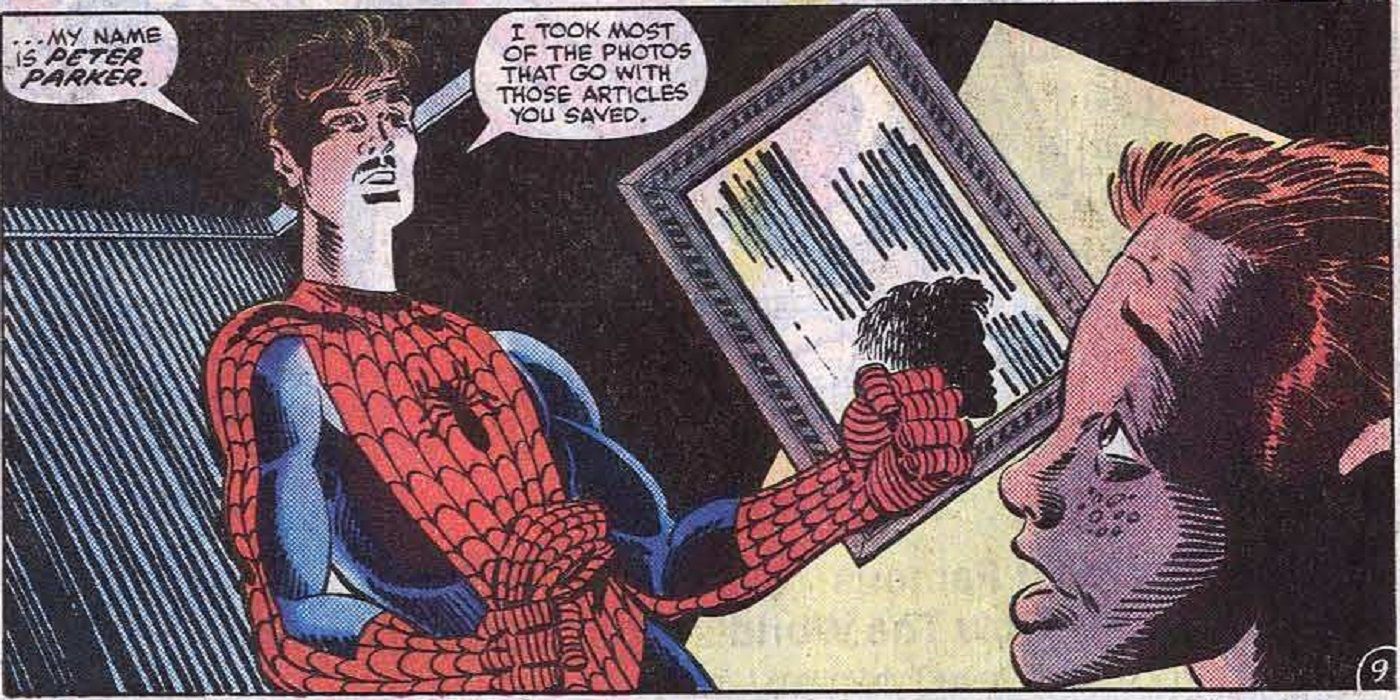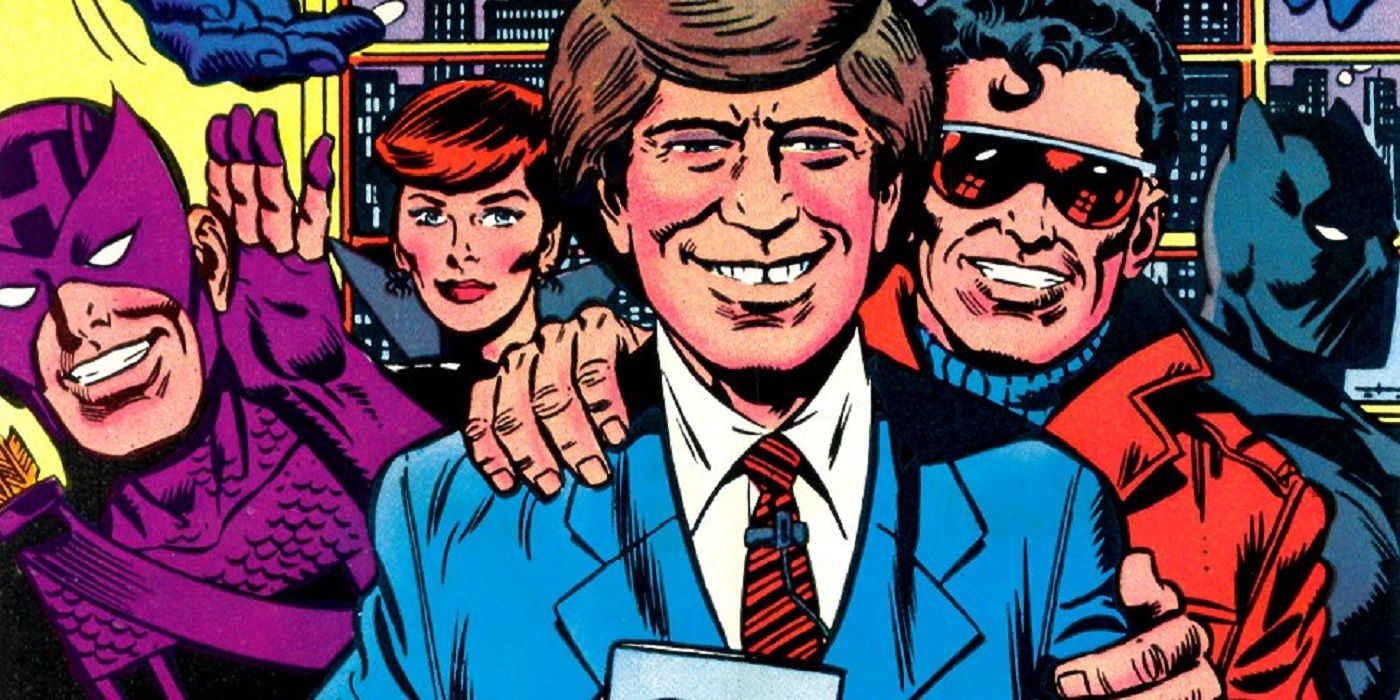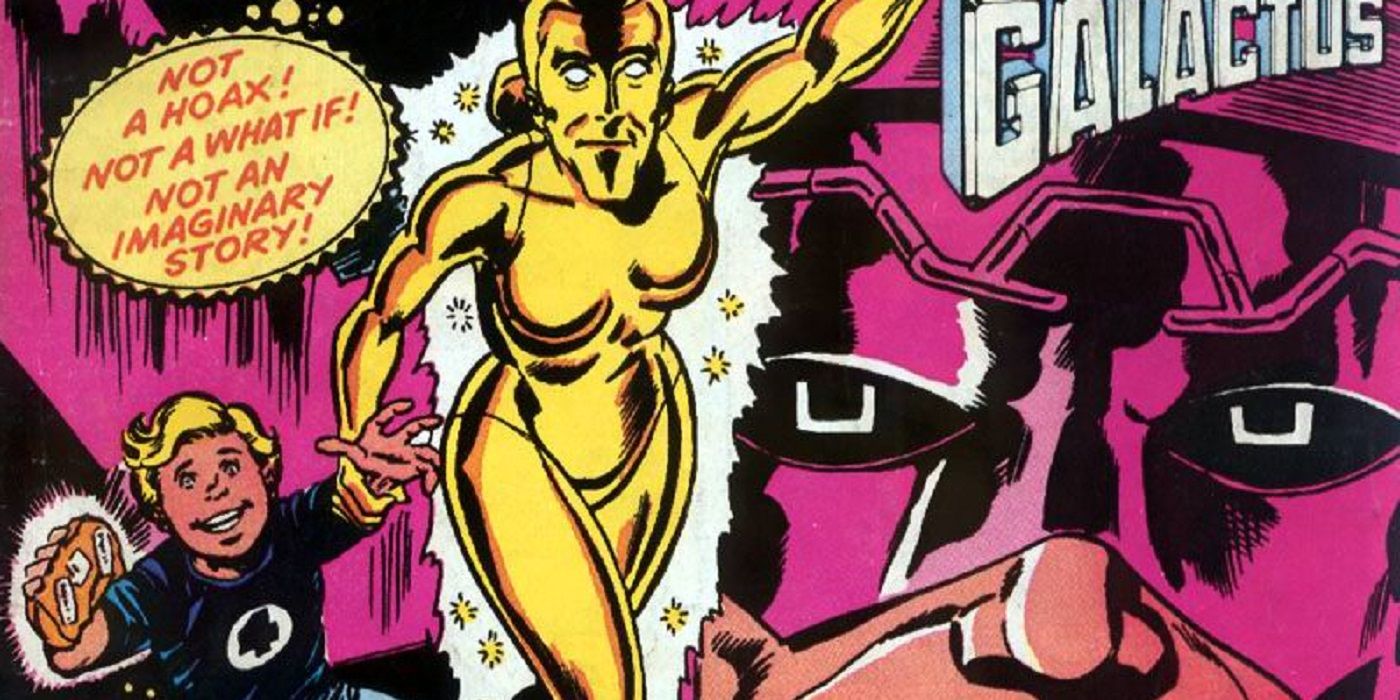In September 1983, Marvel tried out an unusual company-wide event. Dubbed "Assistant Editors' Month," it was the brainchild of Marvel's Editor-in-Chief at the time, Jim Shooter, but was directed mostly by Mike Carlin. Carlin recalled the origin of the event to Danny Fingeroth in a great discussion about it in "Back Issue" #19:
Macy’s would have sales where their assistant buyers would be in charge of buying all the stuff that they’d sell. So the idea was that Jim was going to be taking all the editors out to the Comic-Con in San Diego-all the main editors were going to be out of the office at the same time-and wouldn’t it be funny if the books that came out the month that they were traveling to San Diego reflected the fact that the editors were gone. That, to him, meant the books wouldn’t be quite normal.
RELATED: 15 Popular Comic Book Characters That Started As Jokes
Of course, the books weren't actually edited by the Assistant Editors for that month, but it was a fun idea for an event. Some groups of titles got more into it than others, with full issues being based on the event, while other titles just did one-page jokes at the end of the issue. The books were mostly labeled with a stamp that read "Beware: It's Assistant Editors' Month! Don't say we didn't warn you!" Here, then, are the greatest comic books from Assistant Editors Month (with weirder comics getting higher priority on the list)!
15 SAGA OF CRYSTAR, THE CRYSTAL WARRIOR #5
Crystar, the Crystal Warrior, was a fascinating character because he was part of a Remco toy line that Marvel then released a comic book to accompany, but rather than Marvel licensing the rights to do a comic book based on the toy, it was the other way around. Marvel came up with the idea for a toy line, licensed the idea to Remco and then when the toy line came out in 1982, Marvel put out a comic book to promote it.
The main story of "Saga of Crystar, the Crystal Warrior" #5 was that Crystar's home and the home of his main villain, Moltar, was accidentally placed right next to each other by a spell. This was inspired by a piece of art that Assistant Editor Bob Harras saw that made it look like their two castles were right next to each other. The lead-in to that story, meanwhile, saw Crystar visiting Harras (who was in place of regular editor Ralph Macchio) and the creative team for the issue, writer Jo Duffy and artists Ricardo Villamonte and Dave Simons, as they pitched ideas (Crystar was not a fan of them toying with his life like it was no big deal).
14 THING #7
In the opening story in "Thing" #7 (normally edited by Carl Potts, this issue "edited" by Ann Nocenti), in a story by John Byrne with art by Ron Wilson and Hilary Barta, the Thing was visiting Alicia Masters in the hospital when he was attacked by a new villain called Goody Two-Shoes, who had powerful shoes that allowed him to battle the Thing throughout New York City. In the end, the Thing manages to find an extra resolve in himself and defeats the new villain.
This led directly the second story in the book, written and drawn by John Byrne, which showed the Thing reading the first story and being outraged. He heads to Marvel Comics' office where he berates Byrne, Wilson and Nocenti over how inaccurate the story was, as he had actually defeated Goody Two-Shoes right away. When Byrne noted that sometimes the Thing's life just wasn't interesting enough for the comic, the Thing proceeded to beat him up off-panel.
13 DAREDEVIL #202
In "Daredevil" #202 (normally edited by Bob Budiansky, but now "edited" by Michael Higgins), they went with a main story for the first tale in the comic, by the regular creative team of Denny O'Neil, William Johnson and Danny Bulanadi (a young David Mazzucchelli would soon be joining the series as the regular penciler). The back-up story, though, was written by Mike Carlin and drawn by Luke McDonnell. It told the tale of young Dirk McGirk, who dresses up as Daredevil and gives a half-assed school report on Daredevil for his class.
Just as his teacher is berating him for how bad his report was, the real Daredevil bursts into the classroom following Turk, who Daredevil just threw through the class window. Turk momentarily is confused, as he's dumb enough to think that Dirk is Daredevil. The real DD then beats Turk up and leaves. Dirk's teacher presumes that that was just someone Dirk got to pretend to be the real Daredevil. She has to cancel class for the rest of the day, though, due to the damage to the classroom, so Dirk ends the issue a hero with his classmates.
12 DAZZLER #30
In "Dazzler" #30 (by Ken McDonald, Frank Springer and Vince Colletta), Alison Blaire was in a bit of a tough situation when she was helped out by a driver who found her on the side of the road. That driver? Ralph Macchio, the Editor of "Dazzler" at the time. He was on his way to San Diego Comic Con while his Assistant Editor, Bob Harras, was back in New York City. Ralph lent Alison $20, and after she got a cash advance from her agent, she went to the convention to try to pay Ralph back.
Meanwhile, some anti-mutant bad guys were at the convention as well, trying to use a new machine that messes with the powers of mutants. Ironically, when they turned the machine on, one of their own members was affected and transformed into a giant dinosaur who went crazy inside the convention. Dazzler ended up defeating both the bad guys and the mutant dinosaur. She saved Ralph's life and paid him back the money he lent her. Back in New York City, a power-mad Bob Harras almost performed a coup at the Marvel Offices, but he gave up as soon as Ralph called him on the phone.
11 IRON MAN #178
In an unusual split of stories, the amusing back-up one in "Iron Man" #178 was actually the first story of the issue. Drawn by the regular creative team of Luke McDonnell and Steve Mitchell, Mike Carlin wrote the story of a group of kids who dress up as the Avengers and do good deeds in their neighborhood. They follow the Avengers so closely, though, that they decide that they have to kick their Iron Man out of the group because the real-life Iron Man had recently been kicked out of the Avengers due to his recent erratic behavior (caused by his alcoholism).
The distraught young boy turns to soda and gives up his costume, which is found by a local delinquent who terrorizes the neighborhood as Iron Man. The original Iron Man forges a new armor and stops the impostor, so the boy's friends let him back into the club.
The second story was written by Denny O'Neil and drawn by McDonnell and Mitchell and told the story of Tony Stark being bet $50 he couldn't stay sober for a full day.
10 ALPHA FLIGHT #6
In a 1982 all-humor issue of "What If...?", Tom DeFalco had a gag that was based on the idea, "What If the Silver Surfer, White Tiger, Night Rider, Iceman, and Moon Knight Fought Wendigo in a Snowstorm?" and the whole thing was just a blank panel. John Byrne took that idea to the next level in "Alpha Flight" #6, which was normally edited by Denny O'Neil but ostensibly edited by Linda Grant for that issue. The O'Neil/Grant books mostly didn't get involved in the event, but made a slight exception for this issue.
In the story (written and drawn by Byrne), the Alpha Flight hero Snowbird encounters a lost Canadian god known as Kolomaq, who, now that it is free, is wreaking havoc in the wilderness. Snowbird shows up to fight him and Kolomaq unleashes a fury of snow, causing a literal whiteout. The next six pages are normal panels like any other comic book, but the action in them are all whited out. The dialogue, captions and special effects are there, but you can't see what is happening underneath the snow. It was a very clever bit by Byrne.
9 INCREDIBLE HULK #291
In a strangely dark issue for the month, "Incredible Hulk" #291 (by Bill Mantlo, Sal Buscema and Gerry Taloac), Bruce Banner visits the offices of Marvel Comics to discuss something with Bill and Sal, whom Banner had grown close to as they had been his "biographers" (in the Marvel Universe, comic books are authorized stories about the lives of the superheroes) for quite a while at the time. Bill and Sal weren't there, but Ann Nocenti, Carl Potts' Assistant Editor, was, and so Banner talks to her about whether he should reveal the truth about Thunderbolt Ross committing treason by cutting a deal with MODOK in exchange for MODOK helping to kill the Hulk. Nocenti helped soothe Banner a bit.
This led to the rest of the issue, which saw Ross reflect on his life and debate whether to kill himself due to his act of treason against his country by working with MODOK. In the end, Ross decides not to kill himself.
8 CAPTAIN AMERICA #289
"Captain America" #289 had a main story that was just a standard tale by regular writer J.M. DeMatteis, Mike Zeck and John Beatty. The back-up story, though, was part of the event (with Mike Carlin filling in for Mark Gruenwald), as DeMatteis and Zeck drew the tale of...Bernie America! Bernie Rosenthal was Steve Rogers' girlfriend who had discovered that he was Captain America a year earlier and obviously was still dealing with the fact that she was dating a superhero.
In the story, she has a dream of what life would be like if she was a superhero. She faced off against Mo-Skull, a MODOK with the face of the Red Skull, and then encountered Steve, who talked about how worried he was about her time as Bernie America and how he wanted to spend more time with her. Clearly, this was her way of dealing with her own feelings about her relationship with Cap. The issue had a classic cover by Zeck featuring Bernie America.
7 X-MEN ANNUAL #7
Both "Uncanny X-Men" and "New Mutants" really did not participate in the event in any substantial way (despite the stamp being on both books), but oddly enough the only annual involved in the event was "X-Men Annual" #7, theoretically under the direction of Elliot Brown, Assistant Editor to Louise Jones (who was not yet Louise Simonson). In a story by Chris Claremont and pencils by Michael Golden (with a few pages by Bret Blevins) and inks by pretty much every inker Marvel had available to them at the time, the X-Men were chasing the Impossible Man after he stole the X-Mansion while they were playing baseball.
The Impossible Man kept the X-Men chasing him throughout the Marvel Universe as Impy stole other items from other characters, like Wasp's costume collection from the Avengers and Nick Fury's eyepatch from right off of his head. The X-Men get a hold of the Impossible Man while he was at the Marvel Comics offices to steal Stan Lee away (not knowing that Lee no longer lived in New York). It turned out that it was all part of a cosmic scavenger hunt.
6 MARVEL TALES #159
"Marvel Tales" was the longest-running title Marvel had at the time that was devoted just to reprinting old Marvel Comics. Over time, it specifically became a "Spider-Man" reprint series. Interestingly enough, the book had seen some controversy in the months leading up tor Assistant Editors' Month. The book had begun to reprint the original Stan Lee and Steve Ditko "Amazing Spider-Man" stories from the beginning, starting with "Marvel Tales" #137's reprinting of "Amazing Fantasy" #15. However, for the reprints, they would update the pop culture references within the stories. A particularly infamous example was the change to "Amazing Spider-Man Annual" #1 when it was reprinted in "Marvel Tales" #150 to have Aunt May talk about how much she likes "The Dukes of Hazzard" (instead of "Beverly Hillbillies" in the original).
Well, in the Assistant Editors Month issue (with Bob DeNatale stepping in for Danny Fingeroth), they made fun of that practice by showing an example of how that method of "updating" the earlier stories could be taken to its logical conclusion, with Liz Allan gaining a mohawk and Flash Thompson dressed as a punk rocker.
5 PETER PARKER, THE SPECTACULAR SPIDER-MAN #86
Bob DeNatale "filled in" for Danny Fingeroth again on "Peter Parker, the Spectacular Spider-Man" #86, which had the hilarious idea of having the issue be just as if it were a typical issue of "Spectacular Spider-Man," only instead of regular artists Al Milgrom and Jim Mooney drawing the book, it would be drawn by a fill-in artist - Fred Hembeck! The opening pages are first drawn by Al Milgrom, who shows the uproar over DeNatale's striking artistic vision (complete with the actual Vision showing up whenever he mentions his artistic vision).
Hembeck was an excellent artist for comedic stories, but seeing him draw a serious superhero story was a real trip, so it made the issue really stand out. Interestingly, the book set up a major plot development in the life of Spider-Man, as Spider-Man is wrestling the whole issue with whether or not he should reveal his secret identity to the Black Cat. He ultimately decides to so, which happened in the following issue.
4 FANTASTIC FOUR #262
One of the best comics released that particular month was "Fantastic Four" #262, written and drawn by John Byrne, where Reed Richards is placed on trial for saving Galactus' life 20 issues earlier. The only reason it's not higher on the list is because it is not that weird of a story. The concept is that the Watcher shows up to get John Byrne, who, in the Marvel Universe, was the official biographer of the Fantastic Four, and brings him to the trial so that Byrne could document what happened at the trial (Michael Higgins was the Assistant Editor on this issue).
Why couldn't the Watcher just do it, since that's his whole job? It was because he had to serve as Reed Richards' defense attorney. Isn't that a violation of his vow of non-intereference? Why yes, yes it is. It's right there on our recent list of the Watcher's most egregious violations of his vow of non-interference. The Watcher managed to get Reed found not guilty, with help from Eternity itself.
3 AMAZING SPIDER-MAN #248
Likely the very best, but not the absolute weirdest, comic book that came out this month was "Amazing Spider-Man" #248. Danny Fingertoth/Bob DeNatale delivered this issue, which had a main story by the regular creative team on the series, Roger Stern and John Romita Jr., where Spider-Man fights Thunderball from the Wrecking Crew. However, the real star here is the back-up story by Stern and artists Ron Frenz and Terry Austin.
It was a story that had already existed as a plot, and Fingertoth figured that this would be the issue to use it, since it was the month for different types of stories. Titled "The Kid Who Collects Spider-Man," it intercuts the text of a column about a boy who is Spider-Man's biggest fan with Spidey himself visiting the boy and spending time with him, even revealing his secret identity to the kid! Sadly, the visit was spurred on by Spidey learning that the boy only has a few weeks left to live. Very touching story.
2 AVENGERS #239
Probably the book people most associate with Assistant Editors' Month is "Avengers" #239 (by Roger Stern, Al Milgrom and Joe Sinnott), which was "edited" by Mike Carlin instead of Mark Gruenwald. It opened with Hawkeye showing up with his new wife, Mockingbird, straight out of the Gruenwald written/drawn "Hawkeye" miniseries. No other Avengers were around, so when Wonder Man shows up and says that he can appear on "Late Night With David Letterman" if the Avengers come with him, Hawkeye gets a group of reserve members to fill-in. Black Widow, Black Panther and Beast join Wonder Man and Hawkeye to help promote the acting career of Wonder Man.
During the show, though, a low-level Avengers "villain," Fabian Stankowicz, attacks the studio and tries to be interviewed by Dave instead. Letterman saves the day by knocking him out with a giant doorknob prop. Sadly, the whole thing ended up getting pre-empted by a news report of a big chemical spill!
1 MARVEL TEAM-UP #137
The greatest Assistant Editors' Month story has to be "Marvel Team-Up" #137 (by Fingeroth/DeNatale), which ended up being written by Mike Carlin (with art by Greg LaRocque and Mike Esposito). The issue promised a team-up of Aunt May and Galactus and the cover specifically stated that it was not a hoax! It was not a "What If...?"! It was not an imaginary story!
The issue opened with Galactus' herald, Nova, being killed when a planet decided to blow itself up rather than let Galactus feast on it, in the hopes that he would die before he could find the next planet to devour. The hungry Galactus headed to Earth, where Aunt May was at the circus with Peter and Mary Jane, while Franklin Richards was with his family. When an emergency arose, Spidey convinced the Fantastic Four to leave Franklin in the care of Aunt May. When Galactus showed up, though, he transformed Aunt May into his new herald, Golden Oldie!
Franklin convinced her to get Galactus to find sustenance based on Twinkies. Golden Oldie found a giant Twinkie in outer space and Galactus ate it. At this point, of course, we learned that while the story was not a hoax, a "What If...?" or an imaginary story, it was a dream! And a fine end to our look back at Assistant Editors' Month!
What was your favorite Assistant Editors' Month story! Let us know in the comments section!

